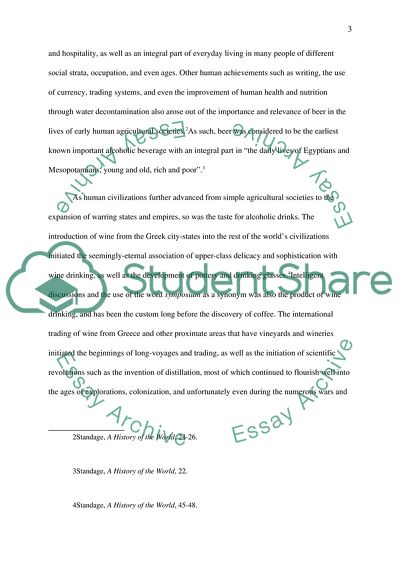Cite this document
(Tom Standages A History of the World in 6 Glasses Book Report/Review - 16, n.d.)
Tom Standages A History of the World in 6 Glasses Book Report/Review - 16. Retrieved from https://studentshare.org/history/1813798-book-review
Tom Standages A History of the World in 6 Glasses Book Report/Review - 16. Retrieved from https://studentshare.org/history/1813798-book-review
(Tom Standages A History of the World in 6 Glasses Book Report/Review - 16)
Tom Standages A History of the World in 6 Glasses Book Report/Review - 16. https://studentshare.org/history/1813798-book-review.
Tom Standages A History of the World in 6 Glasses Book Report/Review - 16. https://studentshare.org/history/1813798-book-review.
“Tom Standages A History of the World in 6 Glasses Book Report/Review - 16”, n.d. https://studentshare.org/history/1813798-book-review.


